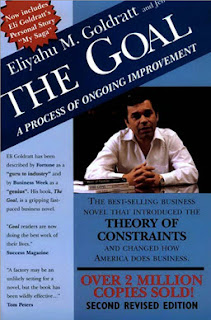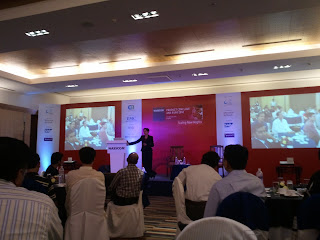The above video is from 1967 Disney’s Jungle Book – and this is the best part of this movie in my opinion – smooth animation, great synchronization wtih music and great drama. While watching the movie it does not feel it is a cartoon – what an achievement Disney!
This post is however about the story of Pixar. The founders have a dream – to create a full length animated movie – not hand drawn like Disney’s but animated on a Computer. The founders were all along inspired / coached / educated by Disney’s philosophy on how to make an animated movie with emotion and a story. Pixar wouldnt be Pixar without Disney.
The technology, software, methodology – none existed when they started. This core team of Pixar – which came into existence as part of George Lucas’s Studio and later got sold to Steve Jobs later – were involved in developing some of these methodologies – Z Buffer, Ray Tracing, Shadow on Shadow, Particle animation – Photoshop was originally developed at Pixar and then sold to Adobe.
The second half of the book devotes a chapter each for each of the Pixar’s hits – right till Ratatouille. The story behind how the team was formed, how the idea originated, the legal troubles they fought – you will get tremendous respect for each of these movies.
If you are a fan of animation and Pixar ( /Steve Jobs ) you would love this book. Here are some interesting stories :
* It took almost 2 years of coercing to make Disney approve Toy Story. And mid way they almost scraped it thinking it was not good
* Finding Nemo was laughed at by Eisner ( Disney’s horrible CEO ) – and when it is released Finding Nemo eclipses The Lion King in BO collection ( till then held the all time record for biggest BO collection )
* For Monster’s Inc – Pixar gets sued for copyright violation of the theme – Monster hiding under a closet. Apparently the brave girl, the hairy hero and one eyed side kick were part of a poem – and inadvertently Pixar’s story writers got influenced / inspired ( their defense ). They settled out of court for an undisclosed sum
* Dreamworks was started by a guy who was pissed off by Eisner. He wanted to hurt Disney – so he stole the 2nd movie idea – Bugs Life from Pixar’s director over coffee – and made a clone called – AntZ – similar theme, story line – and released it before Bugs Life. After that Pixar became very closed to outsiders.
* Cars is the worst movie to come out of Pixar – though technically it had many advancements like Ray Tracing in it. Each frame took some 20 hours to render. That is 24 frames per second, and movie is more than an hour. But made hell lot of money for Disney
* There is a very intriguing movie called Princess Mononke that I watched last month – the director is apparently a respected Japanese Animator – Miyazaki – he visits Pixar HQ. They pitch the idea of Incredibles to him and he gives some wise crack I cant recollect now. One of the directors have a wall full of Miyazaki’s characters.
* Pixar went IPO 10 days after the release of Toy Story – Steve Job’s idea – so they had the movie drive their opening day numbers.
Incidentally – my review of Incredibles – written way back in 2004 was the first post of my blog. I for one love Computer Animation and I watch all cartoon movies. If you read this book you will get the answer to the following question – which keeps coming to me whenever I watch a Pixar movie.
How in the LIVING HELL can Pixar manage to make hit after hit after hit.








